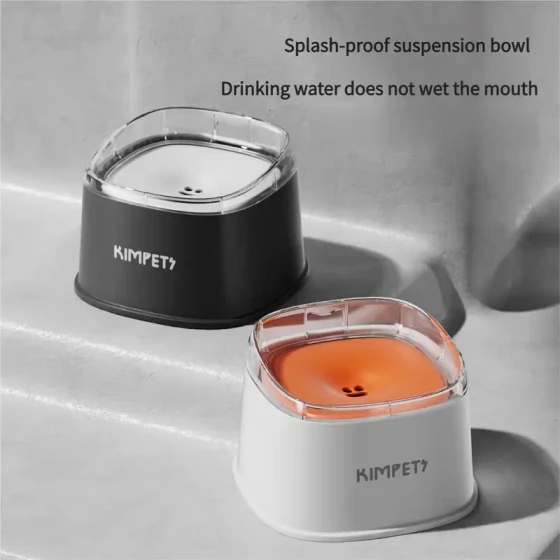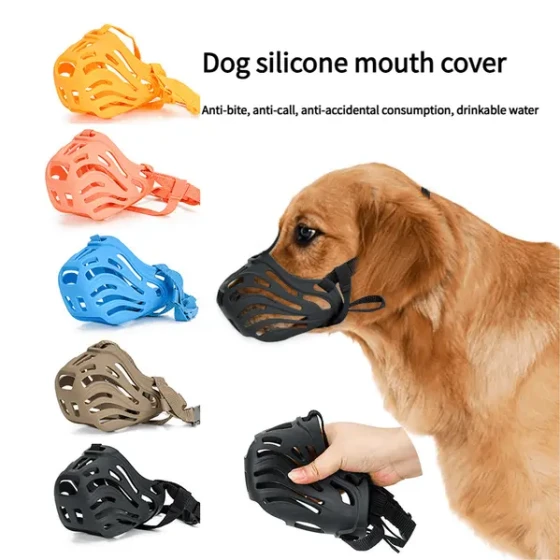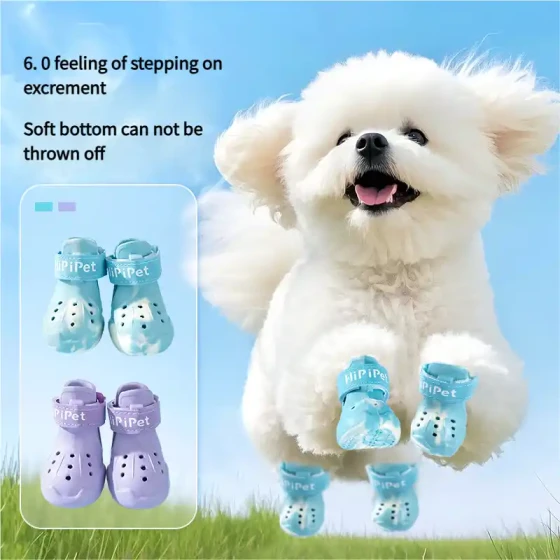What to Do If Dogs Don't Like Bathing Eight Steps to Make Dogs Love Bathing
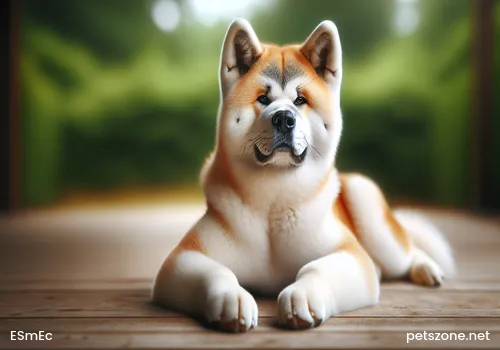
Everyone loves beauty, and dogs are no exception. Therefore, to pamper your dog, besides ensuring a healthy diet, you also need to let them have fun and look good, so they can live healthier and more beautifully. To maintain your dog’s appearance, you must first learn how to bathe your dog. However, dogs are not obedient like children, and if you meet a playful dog that likes to mess around during bath time, you, as the owner, might end up all wet.
There are different opinions regarding dog bathing. Some believe dogs can clean their fur with their tongues and don’t need baths, while others worry about dirt and bathe dogs daily. Both extremes are wrong. Typically, indoor dogs should be bathed once a week in summer and once a month in winter. In some hot and humid southern cities, bathing every two weeks is enough.
Because dogs’ fur has a layer of natural oils that waterproof and protect the skin—especially long-haired dogs—this oil also keeps the fur soft, smooth, strong, and elastic. Bathing too often will wash away these oils, making the fur fragile, dull, prone to shedding, and losing waterproof protection, causing the skin to become sensitive. In severe cases, this can lead to colds or rheumatism.
There are two types of dog baths: dry and wet bathing. Dry bathing is usually for puppies under six months because they have weaker immunity; wet baths may cause colds, respiratory infections, and pneumonia, especially for breeds with short nasal passages like Pekingese, Poodles, and flat-nosed dogs, which are more susceptible. For puppies under six months, dry bathing is preferable by spraying a diluted conditioner (at least 1:1000) on their fur daily or every other day, applying a small amount of baby powder, and brushing frequently to replace wet bathing.

1. Before bathing, brush your dog's entire body to prevent mats. Remove any knots, mud, tar, or gum stuck on the fur to facilitate cleaning. Pay special attention to areas around the mouth, behind the ears, armpits, inner thighs, and toes, which are the places that trap dirt most easily.
2. Some dogs fear water; for example, Shar-Peis avoid even small puddles on the road. To deal with these dogs, train their “water affinity” by placing them steadily in a basin half-filled with warm water. Use a towel dipped in some water to wet their whole body, then gently comb the fur with your hand. When the dog feels comfortable and calm, ready for the bath, add more warm water to the basin so the dog is submerged up to the neck and head. This slow acclimation makes the dog feel comfortable, and they will no longer fear baths.
3. Apply shampoo on the back first, massaging from the back to the hindquarters to create a lather all over.
4. Then wash the dog’s head and chest. Avoid letting foam get into their eyes. To prevent the dog from moving around too much, hold the dog’s head with one hand to stop it from dodging or turning to lick the shampoo, while the other hand scrubs the fur. If you can get help, ask someone to hold the dog’s mouth, so you can wash with peace of mind.
5. Next, wash the paw pads. Hold one paw with one hand and clean it with the other to prevent the dog from slipping or escaping.
6. Start rinsing with warm water, using a showerhead or cup. Rinse the head first, then body, then chest, thoroughly cleaning each part. Rinsing should be slow and careful; do not rinse randomly, or the dog will shake hard and disrupt the process. Leaving shampoo residue can cause itching and bacterial infections due to scratching.
7. Pour out the remaining water from the basin, then dry the dog with a towel, especially around the ears, checking if water has entered the ears.
8. Finally, use a hair dryer to dry the fur, or the dog may catch a cold. While drying, keep brushing the fur continuously until it is completely dry.
The bath water temperature should not be too high or too low: about 36°C in spring, summer, and autumn, and 37°C in winter is best. Bath time should be in the morning or noon, avoid bathing on humid or rainy days, and never dry the dog under direct sunlight after bathing, because much of the oil is lost during the bath, reducing the dog’s cold resistance and immunity. Sudden temperature changes can cause colds or even pneumonia.
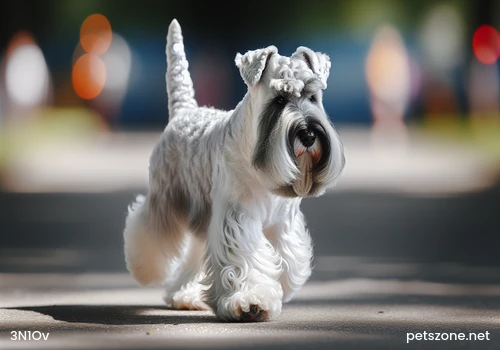
Since a dog’s fur and skin structure differ somewhat from humans—human skin has 10-15 layers, dogs only 3-5—their skin is much more fragile. Choosing a mild, non-irritating specialized dog shampoo is wise. There are several types of pet shampoos: whitening shampoos, mainly for white or silver dogs to brighten their coat; hypoallergenic shampoos, for dogs with sensitive skin, also suitable for washing face and head; fragrant shampoos, which keep the fur smelling pleasant for days, good for smelly dogs; flea and tick shampoos containing insecticides to clear parasites, not suitable for use on the head.
Also, when selecting shampoo, consider the dog’s skin type. If the fur is coarse and dry, use oily shampoos or add olive oil to regular shampoo. Generally, mixed-type shampoo is sufficient.
